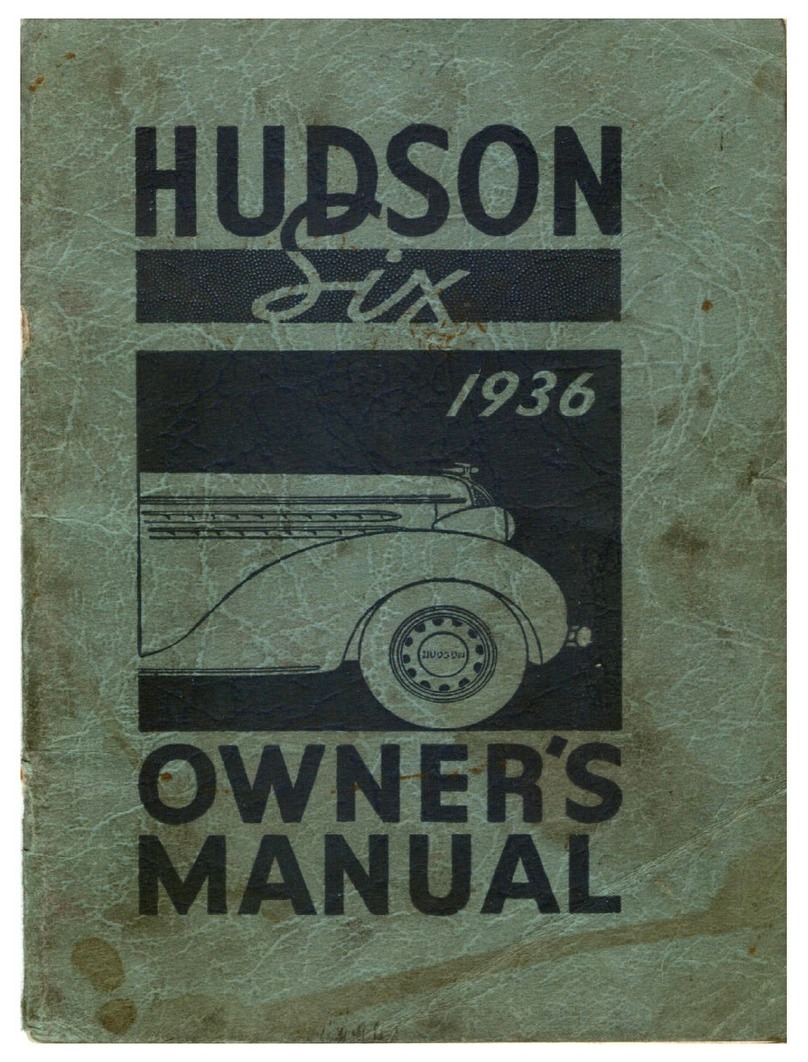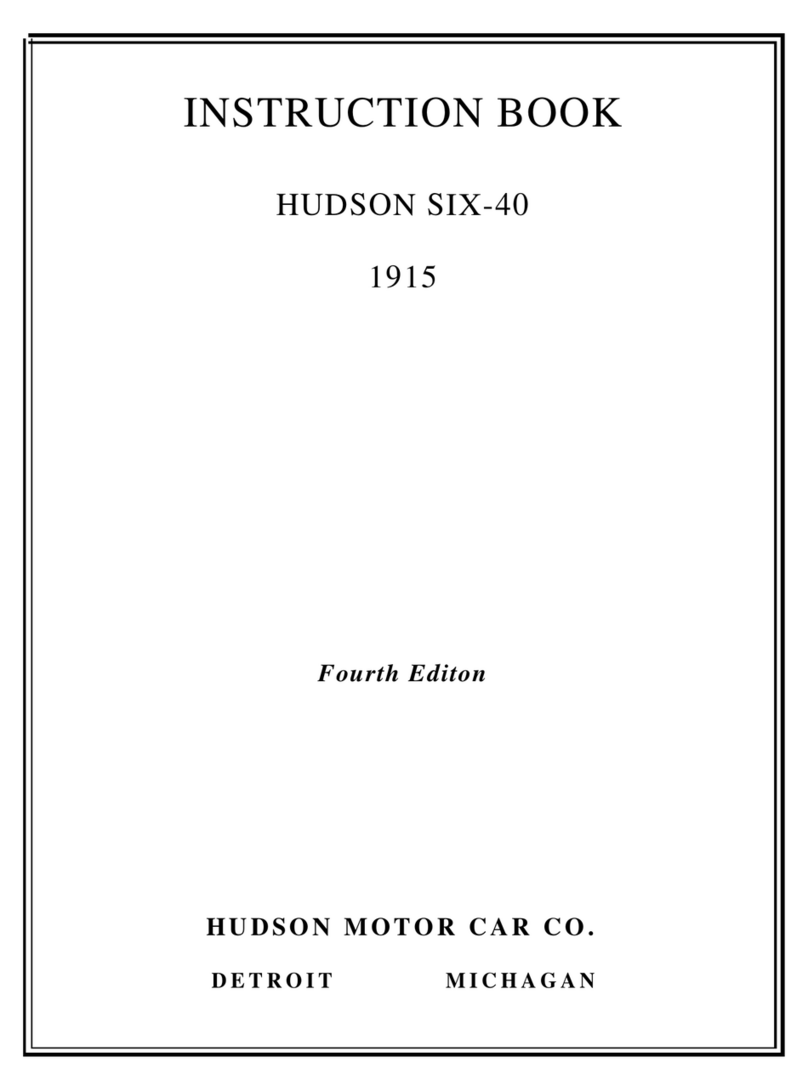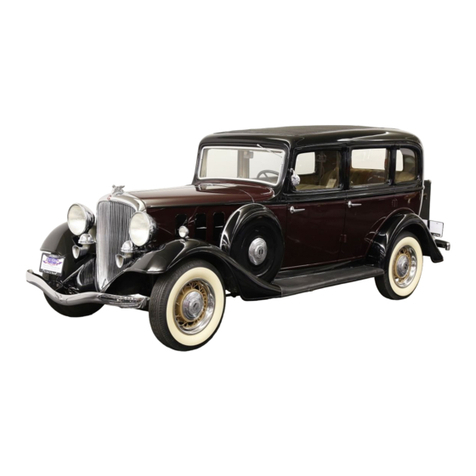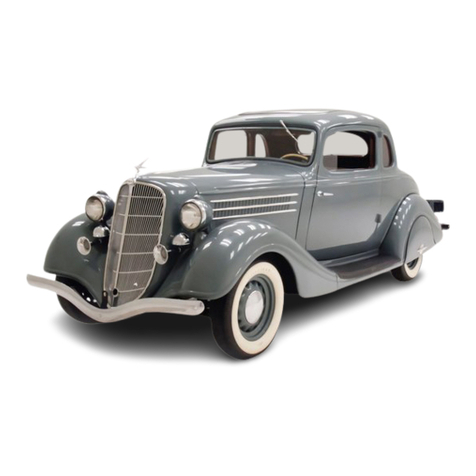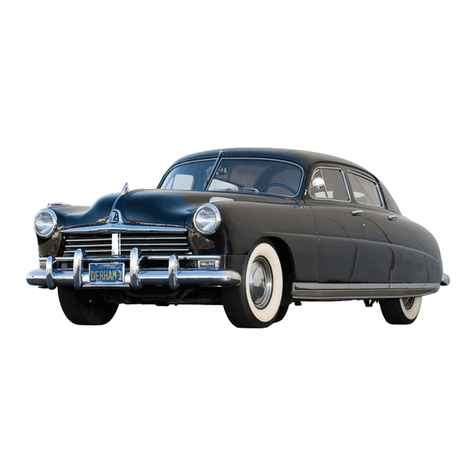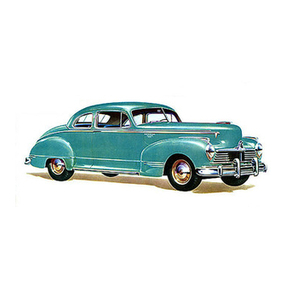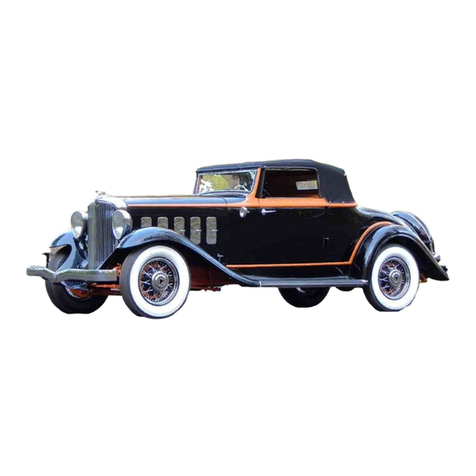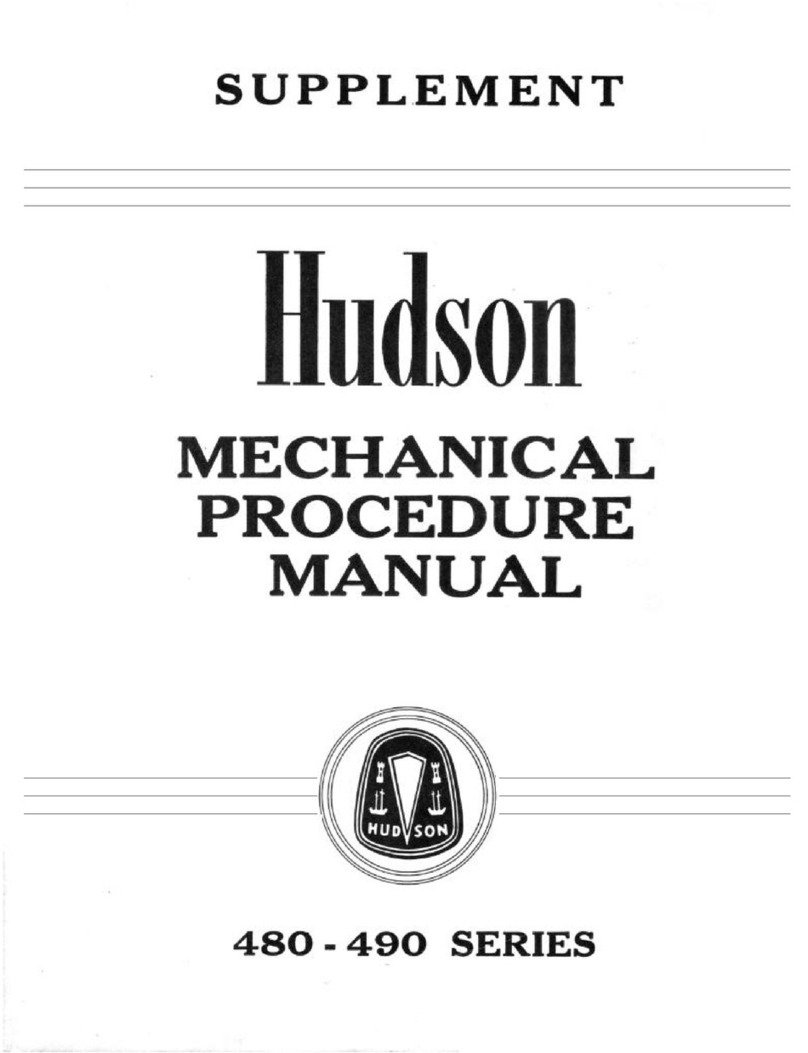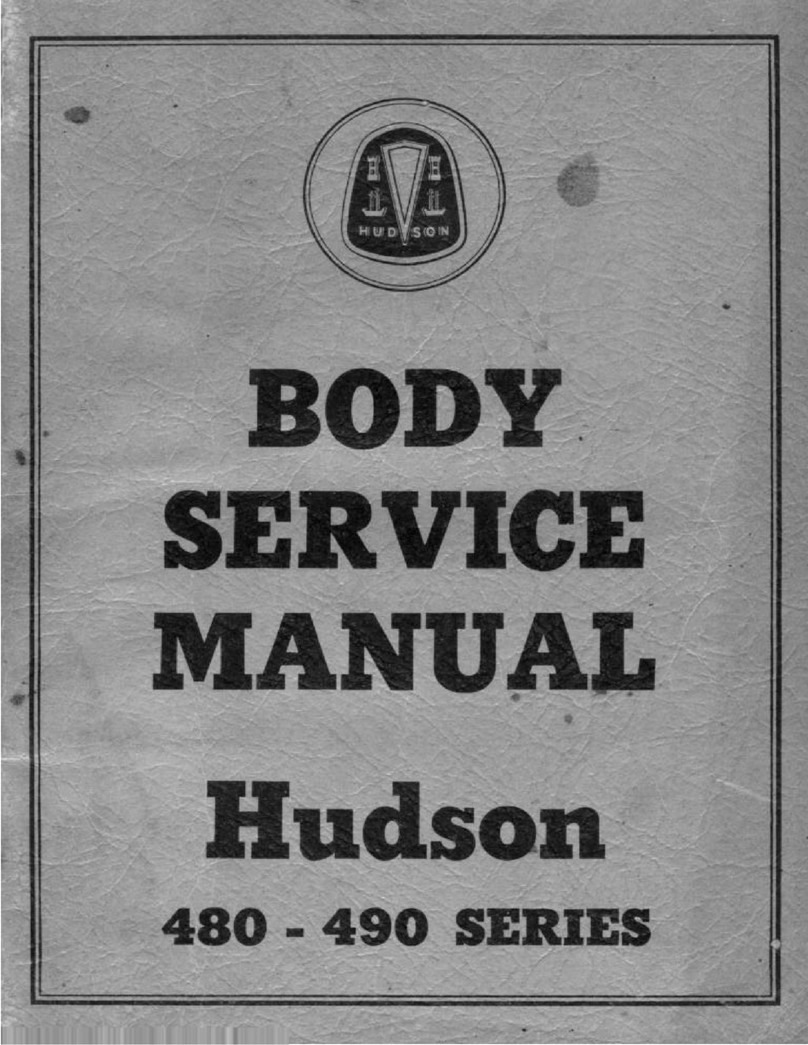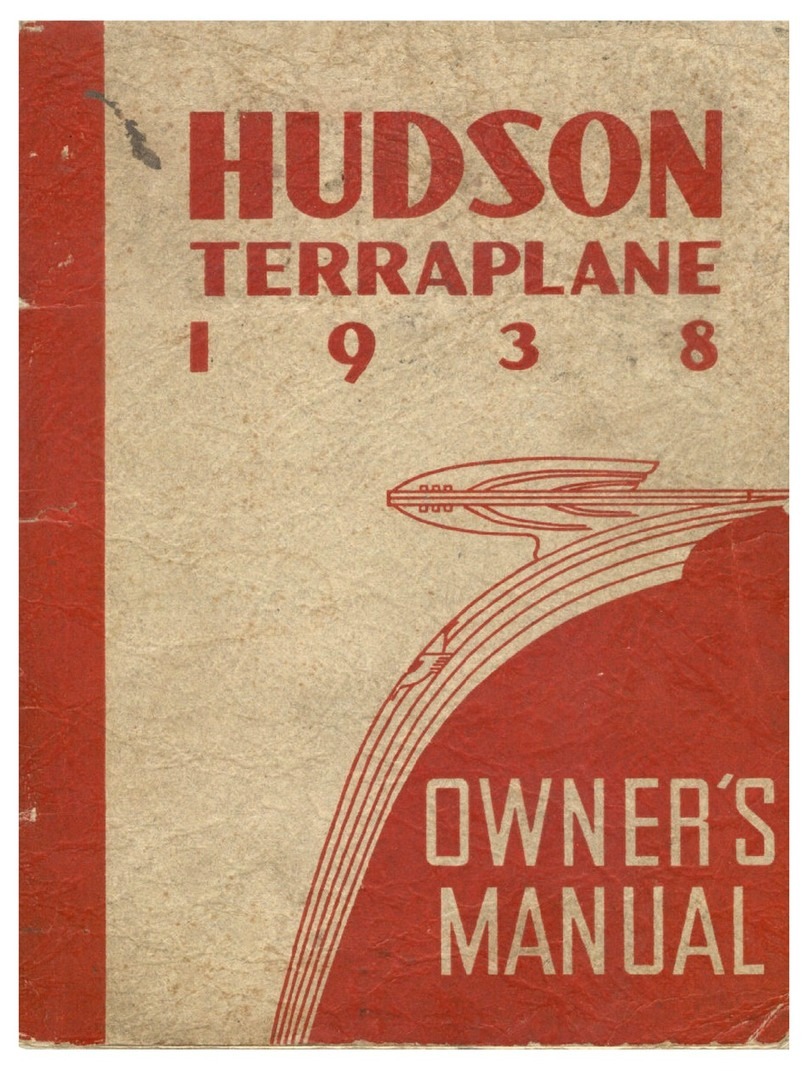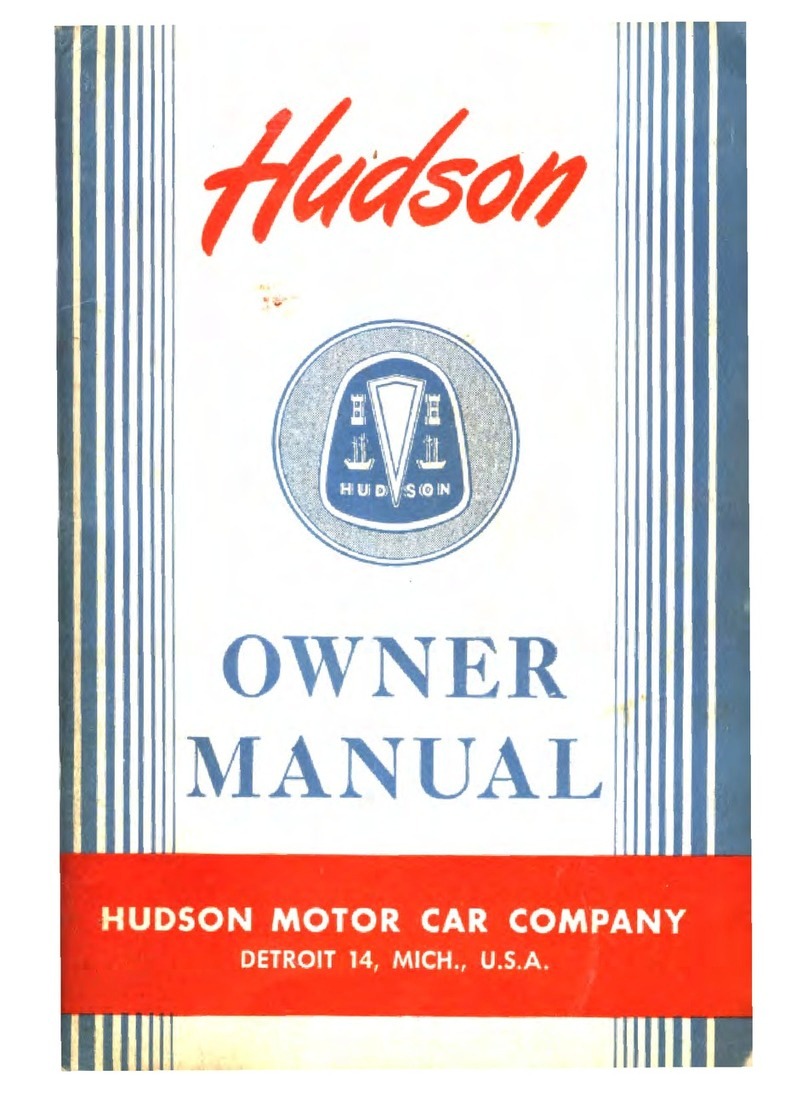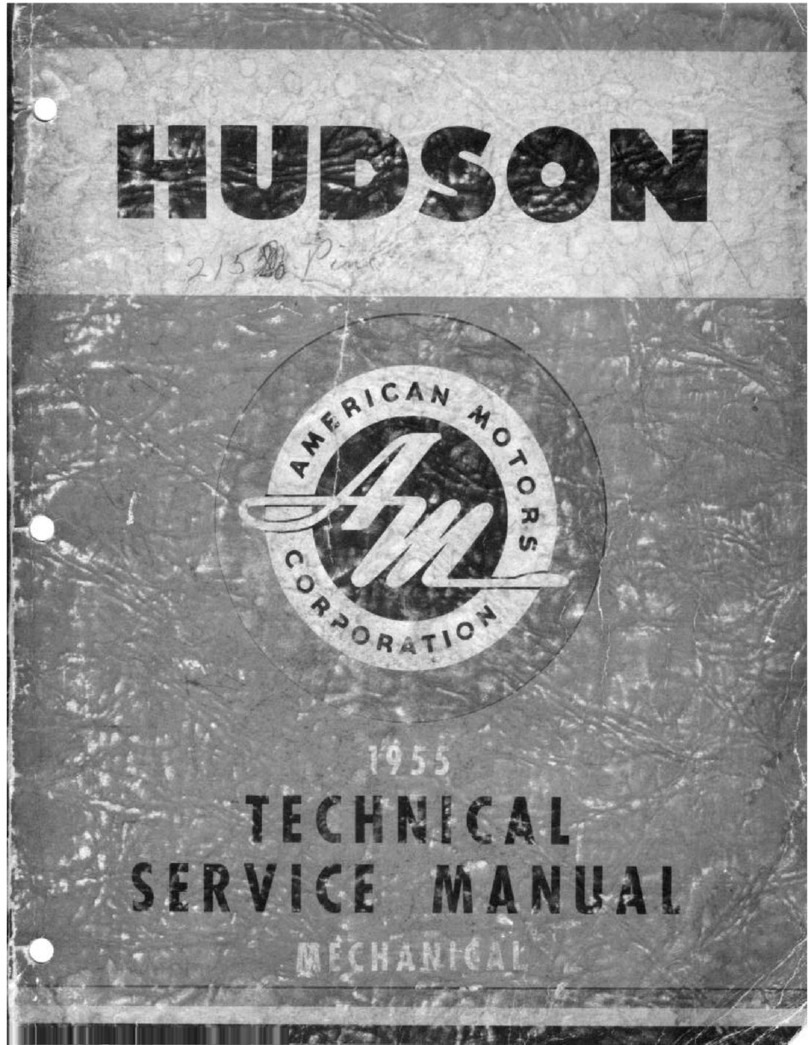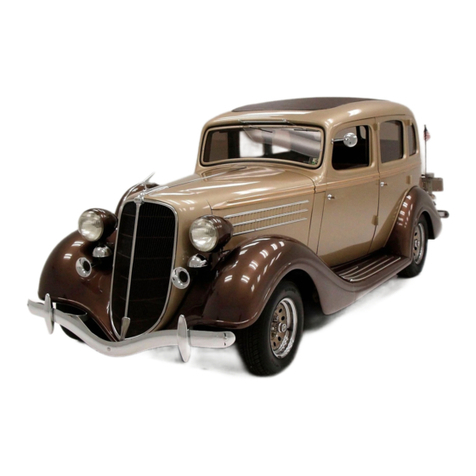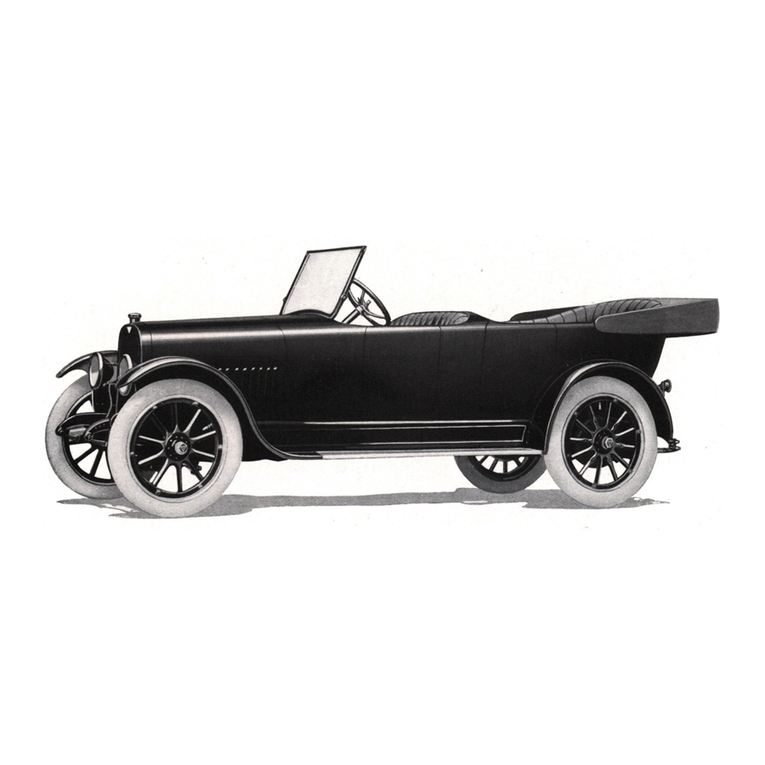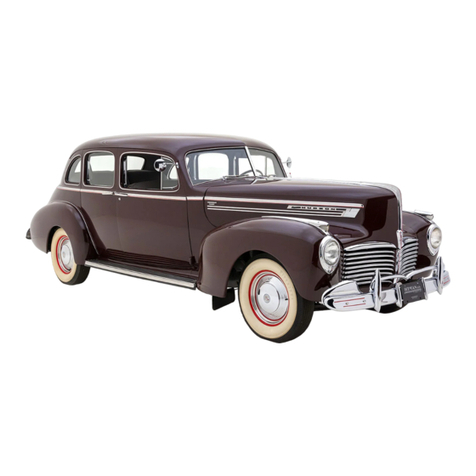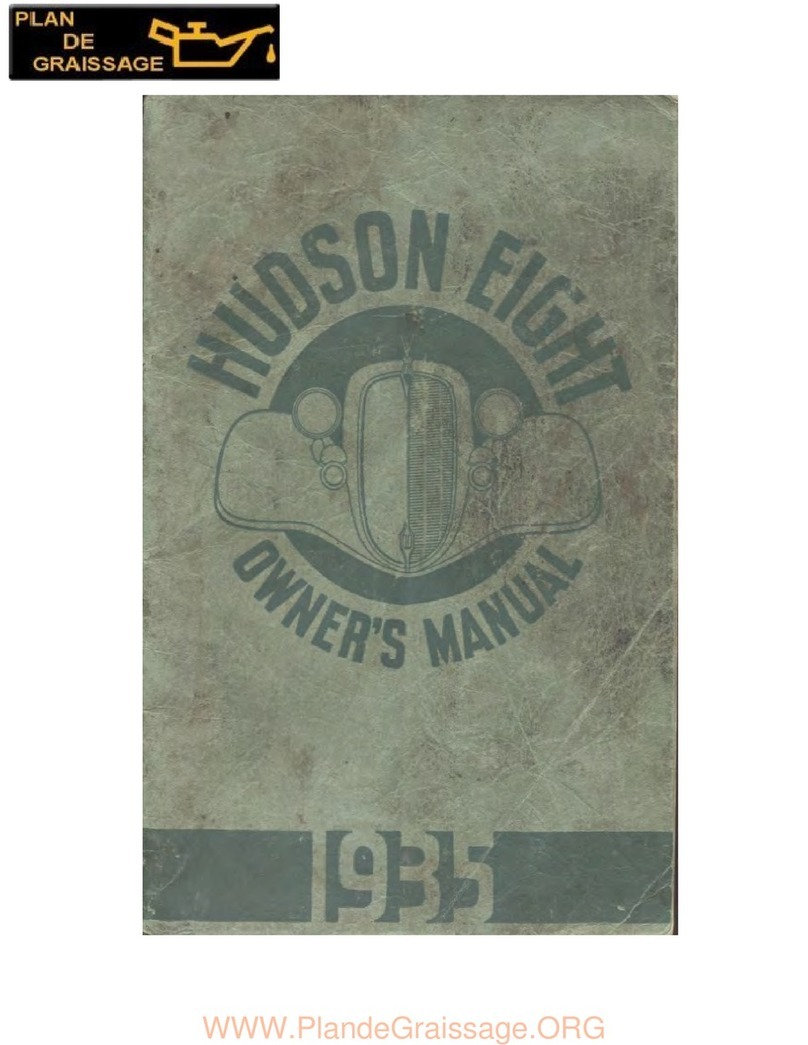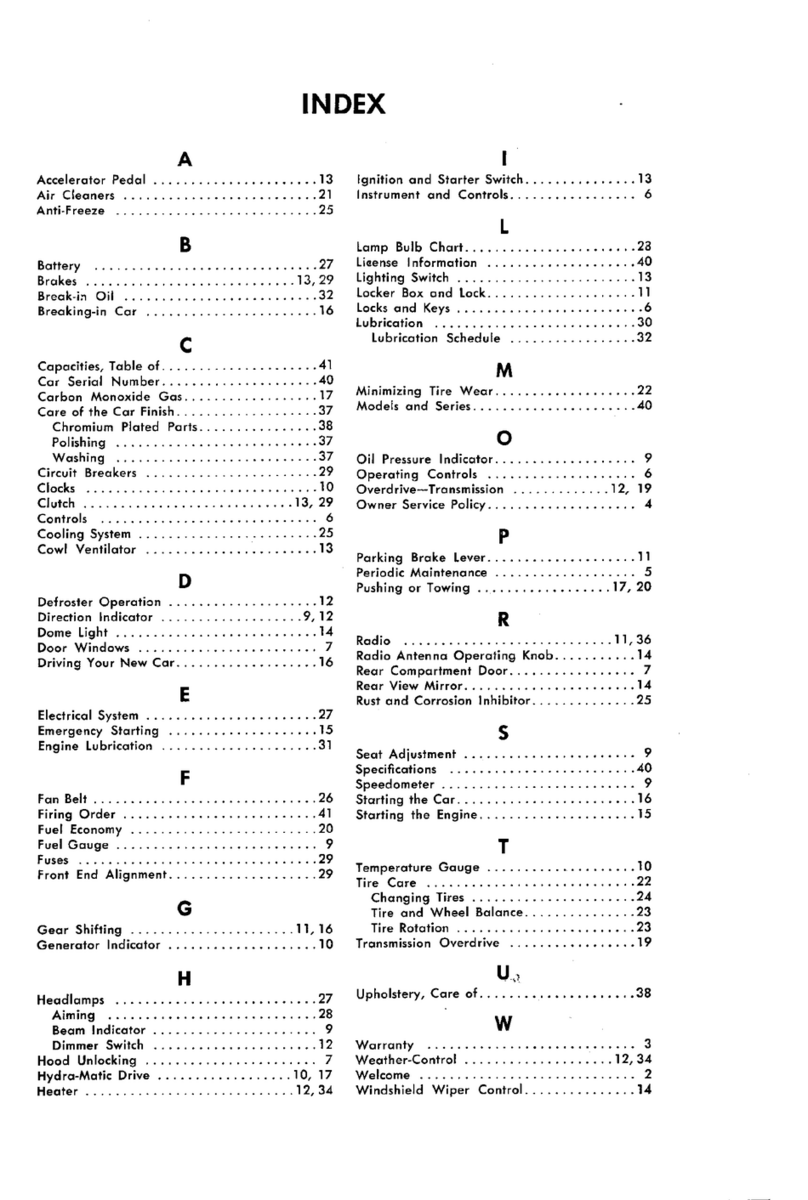
LUBRICATION 4
SECTION
1
LUBRICATION
Proper lubrication is the life of every piece of
mechanism. This is particularly true of the motor car.
Correct lubrication spells the difference between long
life or rapid and premature wear.
For this reason, a definite plan and schedule for
application is necessary in order to provide the various
bearing surfaces with the right amount of the correct
lubricant at the proper intervals.
It is a well-known fact that one type of lubricant
will not suffice for all applications. The degree of load
carried and operating conditions make necessary the
use of different types of lubricants.
In order to familiarize Hudson mechanics on the
proper lubrications of the engine, chassis and body;
lubricating charts indicating points to be lubricated,
type of lubricant to be used and the frequency of
application are shown in this Manual.
NOTE: Quality lubricants are used in the course of
assembling every new car. These need not be
changed until the recommended mileage period
shown in the Lubricating Schedule.
ENGINE OILING CIRCUIT
Pressure lubrication to all engine bearings is main-
tainedbyarotortypeoilpumpmountedontheright
side of crankcase and driven by a worm gear on the
camshaft. Oil is drawn by the suction side of the pump
through a pipe connecting with a floating screen fixed
in the oil pan.
The oil pump parts consist of an inner and outer
rotor, a shaft and the body and cover. No adjustment
of the pump is required. Oil pressure is regulated by a
built-in, nonadjustable release valve and spring. These
areaccessible for inspection or cleaningthrough a plug
opening at the left rear side of engine.
When the engine is started, the release valve has
moved to a position that closes the oil passage-way to
the oil filter passageway and permits full pump flow
direct through the main oil gallery, extending the
full length of the crankcase. This oil gallery is
intersected by drilled leads to all main and camshaft
bearings and the valve tappets.
Through the drilled crankshaft, oil pressure from
the main bearings is distributed to each connecting
rod bearing. An angular hole drilled through the
large end of each connecting rod and upper half of
bearing shell deposits a uniform spray of oil on all
cylinder walls.
Fitted in the front end of main oil gallery is an oil
trough that conducts a small stream of oil to the
timing chain and sprockets.
The oil measuring gauge seats on a tube pressed
in the crankcase at the left rear side. A pressure type
oil signal switch mounted above the oil pump and
connected with the main oil gallery operates the
dash oil signal light which shows red when the oil
pressure drops below approximately 13 pounds
ENGINE OIL
Select oils from the well-known brands and of
the proper viscosity to suit your seasonal and driv-
ing requirements.
The oil refiners or marketers supplying oils are
responsible for the quality of their product and their
reputation is the car owner's assurance of receiving
high-grade lubricants.
It is most important that the oil should have the
ability to flow at low temperatures to permit easy
starting and at the same time, afford adequate lubrica-
tion when the engine is a t normal operating tempera-
tures. The oil selected should be based on its ability to
perform these two functions at the lowest anticipated
temperatures expected before the next oil change peri-
od. The following table will be helpful in making this
selection.

